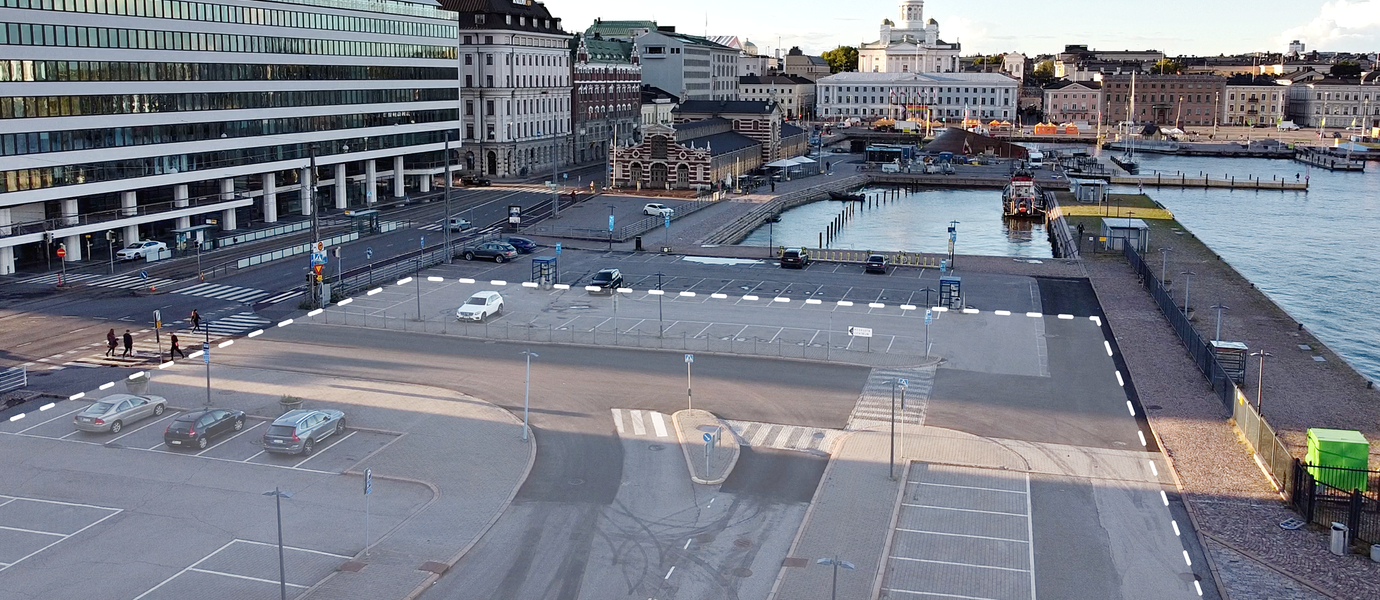–> Watch the one-minute summary video
Researchers at the Aalto University School of Business followed the project closely for several years: they interviewed different parties, observed meetings and analysed news related to the project. According to the researchers, Guggenheim’s conquest of Helsinki failed due to a long political struggle that effectively produced stigma.
‘The foundation behind the museum was accused of American cultural imperialism and the exploitation of Finnish taxpayers. The project was also criticised for its lack of democracy and transparency, and for taking over the land of Eteläsatama (South Harbour), which is symbolically and nationally significant. At the same time, the entire project was simply labelled as a bad deal,’ says Tiina Ritvala, Assistant Professor at Aalto University School of Business.
To the researchers’ surprise, the project also collected strong resistance from abroad. For example, an organisation of American activists actively opposed the Helsinki museum project together with a local art community. The same organisation had previously opposed Guggenheim’s museum project in Abu Dhabi, accusing the foundation of underpaying builders and providing poor living conditions.
‘At the time, the amount of support and opposition for the project from political decision-makers was nearly equal. The shortcomings in the transparency of the project, the planned central location in Helsinki and the suspected lack of profitability marked the entire museum project very negatively. So, following an emotional debate, Helsinki City Council put an end to the project once and for all in autumn 2016,’ says Professor Nina Granqvist.
The results of the study were recently published in the highly respected Journal of International Business Studies. The researchers hope that the publication will provide useful information for organisations planning to expand to challenging foreign markets.
‘Entering a new country as a foreign organization may receive a lot of positive attention, while on the other hand, it may be met with prejudice because of the actor’s country of origin or foreignness. Due to the stickiness of stigma, even the Guggenheim Foundation’s revised and more attractive proposal was not able to convince the local stakeholders,’ argues Tiina Ritvala.
The risk of unpleasant surprises and negative stigmatisation can be reduced by carefully studying the culture, political decision-making system and political power relations of the destination country. Active cooperation with individuals and groups in positions of social, political or economic power will also help to succeed in the new market.
‘It is also worth remembering that decision-making even in a large organisation, such as the administration of the country’s capital, is not only factual, but emotions are strongly involved. It is essential to be able to create and manage positive, often emotional images, of what the new actor in the market can offer to local stakeholders. Failing this, many may easily succumb to stereotypes. An unknown foreign organization and its motives often provoke uncertainty in the local market,’ says Marcus Wallenberg Professor of International Business Rebecca Piekkari.
In the case of the Guggenheim, questions remained about a foundation-based art museum operating partly on a commercial basis. According to the researchers, similar resistance could also be encountered by many other politically sensitive or highly regulated projects related to issues such as land use.


